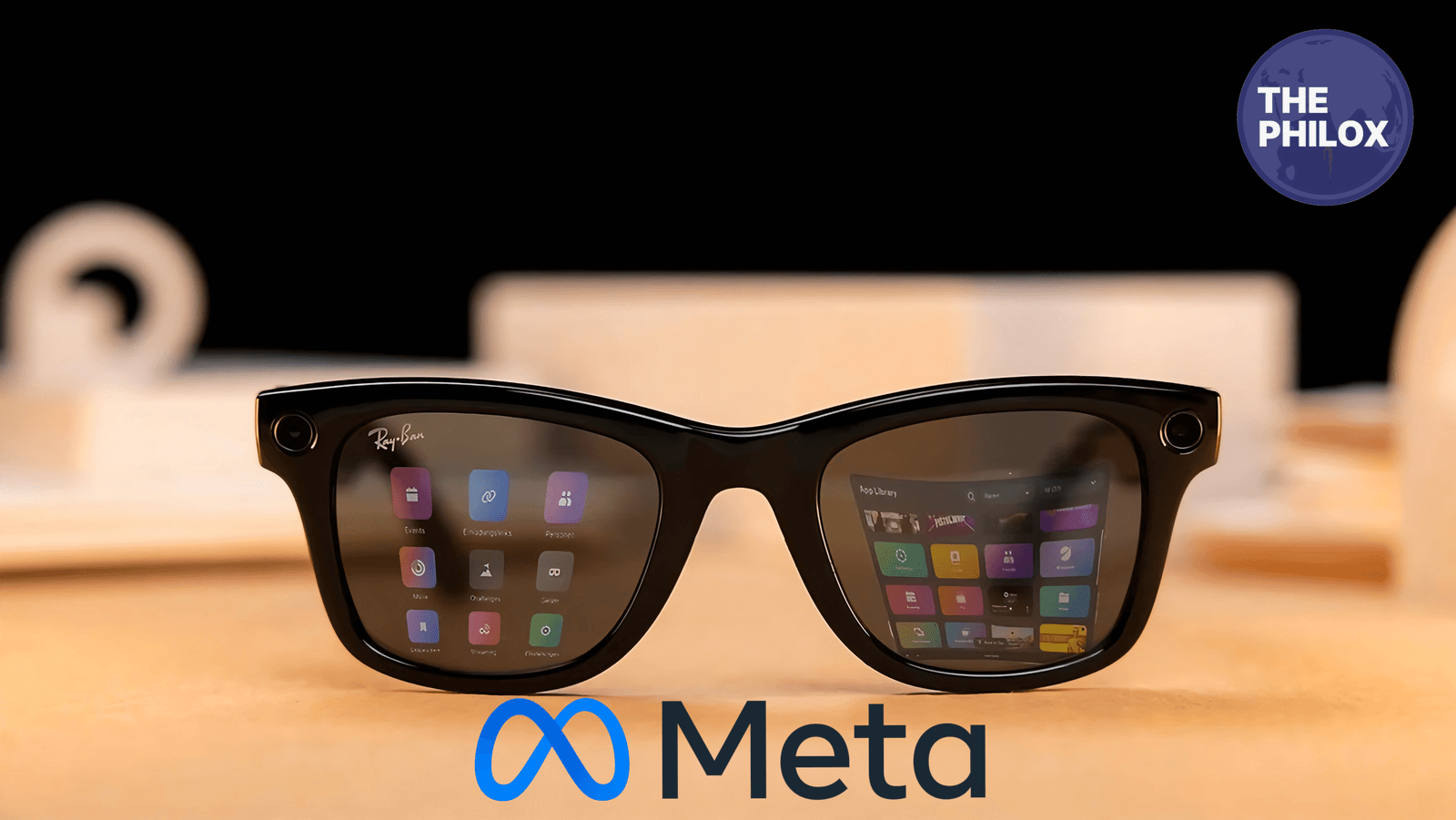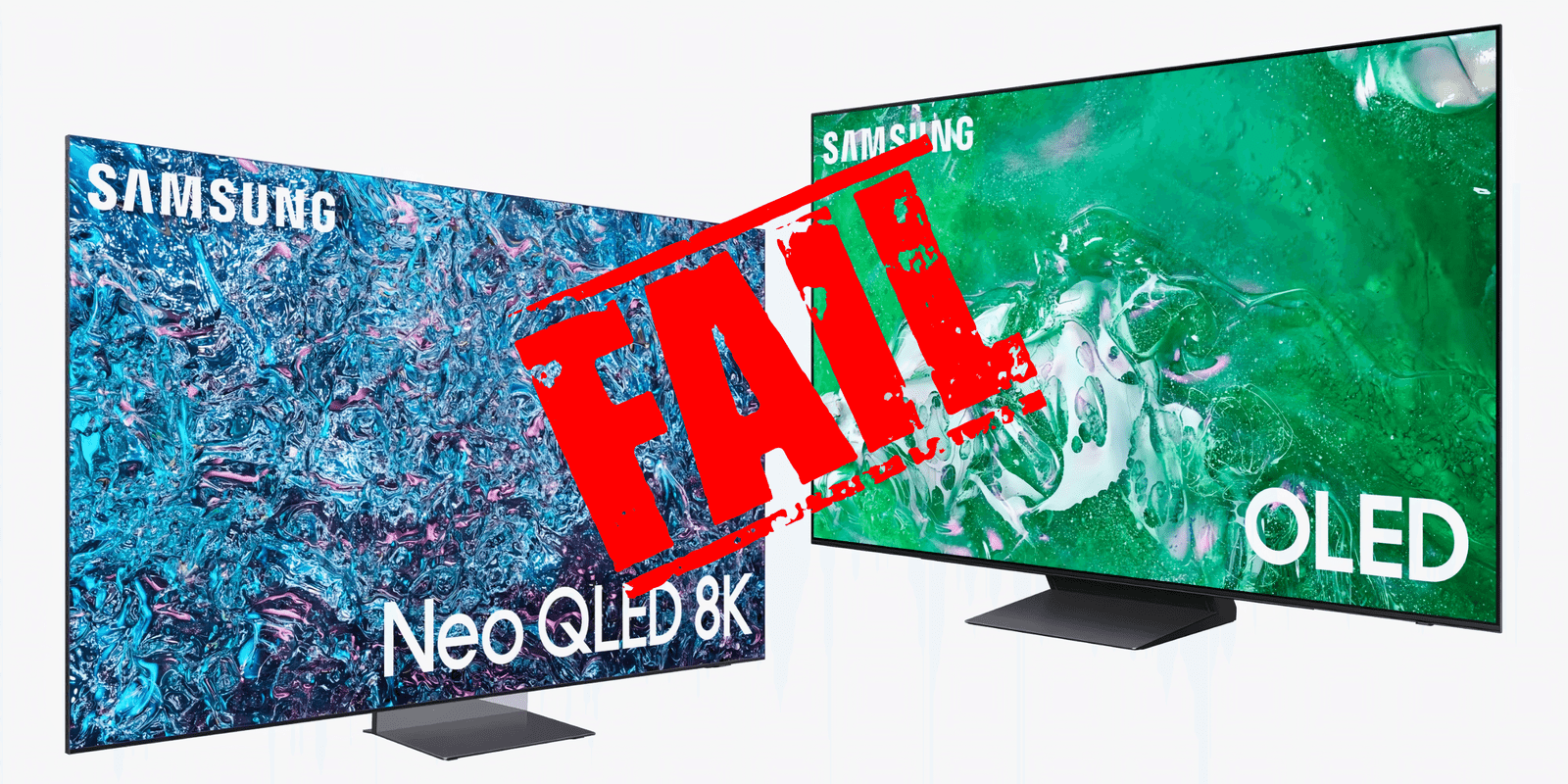Meta, partnering with technology behemoth Mark Zuckerberg, has so far been able to collaborate with Ray-Ban in the development of smart glasses which integrate fashion sense with technology.
So far, they have come up with two highly appreciated smart glasses, and now, everyone is eagerly waiting for the third edition, which may be named “Zen 2.”
Hopes of more feature-packed improvements, as well as AI enhancements, will certainly top the wish list.
It will probably bring wearable technology to the mainstream even closer.
A History of Design: The Union of Fashion and Function
First Generation: Ray-Ban Stories (2021)
Meta’s foray into the world of smart glasses was its introduction of Ray-Ban Stories back in 2021.
The glasses were fashioned to look like Ray-Ban traditional models, one of which keeps the classic looks that have given Ray-Ban household recognition.
Yet, under their stylish design, it housed complexed technology such as cameras, speakers, and microphones.
Users could take photographs, record brief videos, hear music, or even dial in calls-all this without having to remove their phones from their pocket.
This made it a gadget of convenience with which many could be easily taken in by technophiles as well as fashionable consumers.
This was a notion towards Zuckerberg’s vision of bringing down dependence on smartphones and make technology more in sync with human life.
Second Generation: Meta Smart Glasses 2023 Edition Ray-Ban
Two years later, in 2023, Meta and Ray-Ban released an upgraded version of their smart glasses, now branded as Ray-Ban Meta Smart Glasses.
This new version improved most of the failures of the original model and successfully implemented the following:
1. Better Camera: The new model had a higher megapixel camera, thus its images were of higher quality and the video captured would be clearer.
2. Quality Audio: It had high quality speakers that enriched the rich sound by now being loud and impact-generating.
3. Time: Compared to the previous model, battery life remains a worst complain. This however for 2023, this device had their efficiency in its battery improved and therefore did not need urgent recharging.
4. Meta AI Assistant: In such a regard, the glasses started integrating Meta AI Assistant wherein the user could control the glass through voice commands.
The users were no longer required to use their hands to set reminders, send messages, or gather information.
These upgrade features made the second edition so in demand that it sold over 1 million units in 2024 alone. Due to the success of this product, Meta went on to further improve the device, which in turn started speculations in people’s minds about the third version, otherwise known as “Zen 2.”
The Future Evolution: “Zen 2” Smart Glasses
Hints From Zuckerberg on Third Version
During a company meeting, Mark Zuckerberg hinted at having a third iteration of the smart glasses.
He said most of the successful technology products, such as iPhone and other devices for consumers, delivered their major breakthrough in their third version.
This means Meta has much to look for in “Zen 2,” which might be the game-changer in the wearable tech industry.
Although few things are known regarding the “Zen 2,” many reports seem to be implying that the glass might house a screen display for previewing pictures, display the arrival of messages, and some may even house some augmented reality.
Some of the other mentioned features are:
1. Better Camera System: It might capture photos and video at far greater resolutions than previous systems while providing significantly superior low light.
There could even be an opportunity to capture real-time video or even processing them.
2. Longer Battery Life: More power efficiency to run for a longer time.
3. Improved AI: More sophisticated AI, where the glasses will be able to understand and act on their environment better, hence providing real-time contextual support.
4. AR Functionality: Since the previous models were just passive smart, a display would mean that the company is creating basic AR functionality.
The Hope of an Integrated Display
Probably one of the most exciting speculations about “Zen 2” is to carry a display on the lenses.
This is completely different from its predecessors since, basically, this is mainly dependent on an audio-based way of interaction. Built-in displays might help them read and get these:
1. Notifications and Messages: no more checking into their smartphones to look for messages or calls
2. Navigation: it gives turn by turn navigation and is able to guide the user and one does not have to check his smartphone anymore.
3. Live Translations: subtitles will pop up during the conversation for real-time language translation.
4. Camera Preview: It would let the users know what they are capturing while clicking a photo or recording a video.
If Meta can get this display working without making the smart glasses any bulkier or heavier, “Zen 2” might be the first of its kind in smart glasses.
Meta’s Vision: A Future Without Smartphones?
The Long-Term Dreams of Mark Zuckerberg for Smart Glasses
He has visualized a future in which smart glasses replace smartphones and wearable technology puts an end to the days when people would stare at their screens to make technology more immersion-oriented and less intrusive.
With the advent of artificial intelligence, smart glasses would be able to perform all those functions of a smartphone nowadays, such as browsing the internet, controlling appliances in a smart home, interaction with virtual assistants, and video calls.
So, the overarching strategy for Meta is to make AI as unobtrusive as possible within everyday experiences.
The Role of AI in Wearable Technology
In every edition of Meta’s smart glasses, AI plays a larger role. With “Zen 2,” real-time AI processing for images and videos would be enabled.
That could allow objects to be identified, contextual information about surroundings, and even real-time translations.
For instance, imagine entering a foreign country and getting the signs or menu translated on your glasses; imagine pointing to a monument and getting an instant historical text on it.
These are but a few examples where technological developments would be able to make a dramatic change in people’s interaction with their surroundings.
Balancing Innovation and Privacy Protection: Dealing with Privacy Issues
The most significant weakness of wearable technology, especially those with cameras and AI, is their approach towards privacy.
If “Zen 2” includes more sensors and cameras, many users and privacy experts have expressed concerns over data security and surveillance.
Meta believes that all these concerns are eliminated because they have taken several privacy-friendly features in their previous models, such as:
1. Camera Indicator: This camera has an LED light indicator, showing people when it’s activated and when it’s actually recording them.
2. Measures for Data Encryption and Protection Meta: always said it is possible that it protects its data, though it’s transparency regarding the uses of the collected data remains the very important point of issue.
As “Zen 2” is set to roll out, privacy concerns will dominate the conversation, and Meta needs to assuage user confidence about the safety of their personal data.
Market Competition: How Meta Measures Up
Other Companies Involving Wearable Tech
While Meta has been taking giant strides with smart glasses, they are not alone in this space. Other tech giants have been working on their own versions of wearable smart glasses:
1. Apple: Working on AR glasses as part of an expansion of its much-needed ecosystem.
2. Google: Refining its AR technology and will possibly re-enter the smart glasses market since Google Glass was a failure for early it.
3. Snap: Was one of the companies which launched Spectacles, which were quite more about creating content for social media rather than smart glasses.
Meta will outstand in this market with AI, fashionable design, and deep integration into their ecosystem.
A Future Shaped by “Zen 2”
If these “Zen 2” eyeglasses hit the market right, then they are going to redefine wearable technology forever.
They will come with capabilities that include stronger AI, greater battery life, built-in display, and seamless experiences.
With Meta’s larger vision of replacing smartphones and making technology more intuitive, “Zen 2” could play a key role in shaping how we interact with the digital world.
Whether these glasses will truly revolutionize daily life remains to be seen, but one thing is certain: the future of smart eyewear is closer than ever.
Stay Connected and Share Your Stories
For all those inspired by stories of resilience and ambition, follow us on X/Twitter and on Instagram . For those with untold stories that you would love to share, please send them to contact@thephilox.com









